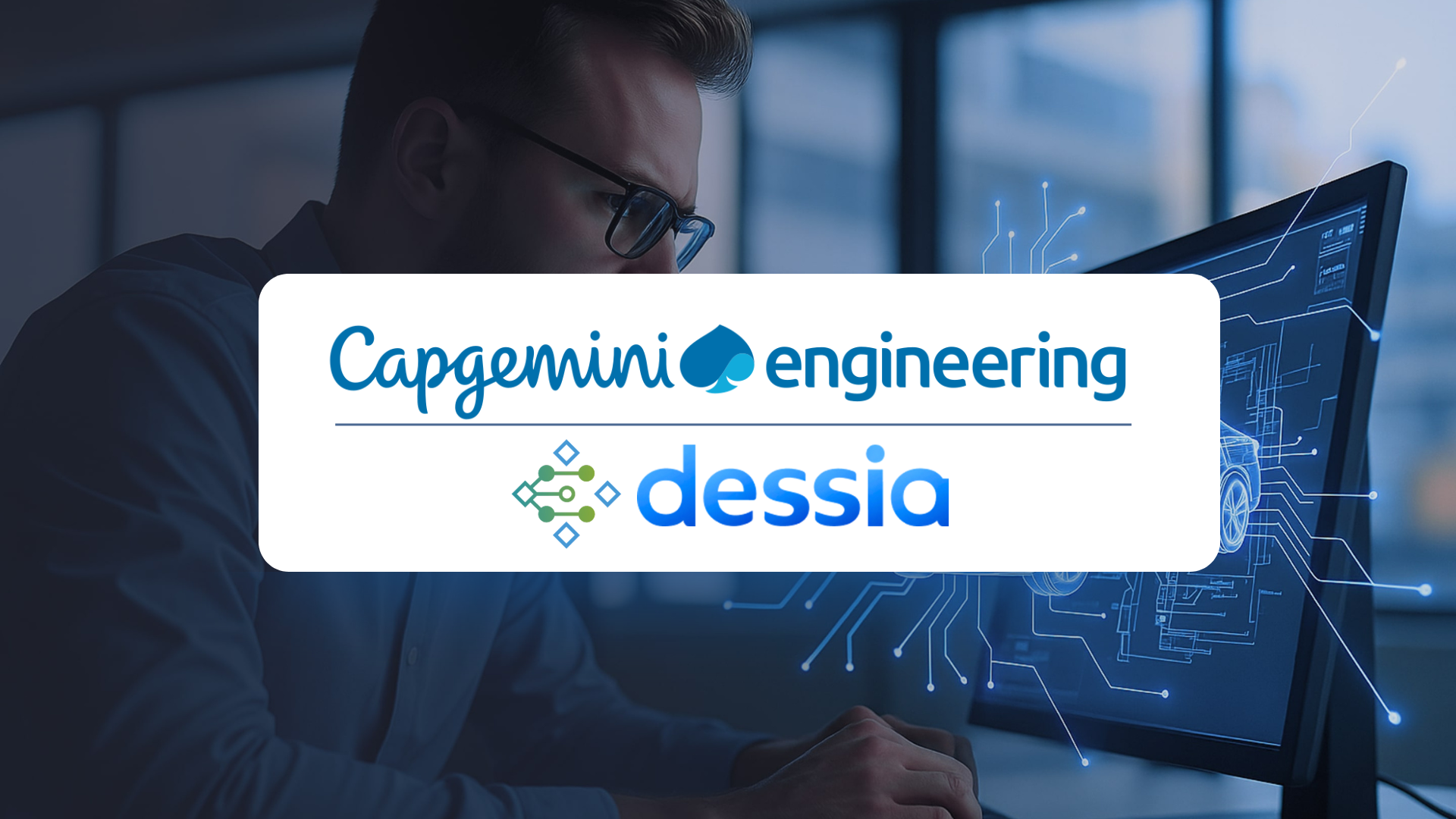AI has become the universal symbol of productivity. But in engineering, the usual metrics—speed, cost, throughput—fail to capture what truly matters. This article explores why legacy benchmarks distort value, and unveils the new indicators that will define the future of Engineering AI.
In the past 3 years, artificial intelligence has been hailed as the ultimate lever of productivity across industries. Finance, retail, healthcare — each sector has rushed to adopt AI and to measure its success in familiar ways: speed, cost reduction, and throughput. But engineering is not retail. It is not about transactions, clicks, or customer predictions. It is about building systems that must perform flawlessly, integrate seamlessly, and comply with unforgiving standards.
In this context, measuring AI’s impact through outdated efficiency benchmarks is misleading. Counting drawings processed per hour or comparing automation versus manual effort does not capture the essence of progress. Instead, engineering demands new indicators of value — ones that recognize traceability, compliance, knowledge retention, and design quality as the real currencies of progress.
The inadequacy of legacy benchmarks
Legacy metrics emerged in an industrial age focused on volume. Benchmarks such as “time saved,” “cost avoided,” or “process throughput” worked well in environments where productivity was linear. In engineering, however, they distort reality.
- Throughput ≠ Value: Reviewing 1,000 drawings faster has little meaning if the critical inconsistencies still pass undetected.
- Speed ≠ Safety: Faster iterations do not automatically produce safer, compliant systems.
- Cost savings ≠ Resilience: Cutting review hours may reduce immediate costs while amplifying downstream risks of recalls, redesigns, and compliance violations.
Engineering AI is not about more output, but about better outcomes. Progress is not just acceleration — it is reliability, trust, and systemic robustness.
Why engineering AI demands new metrics
The problem with legacy benchmarks is not just that they are outdated — it’s that they measure the wrong things. They reward visible activity, not sustainable impact. Progress in engineering is not about how many models were checked, but about how much uncertainty was reduced, how much systemic consistency was secured, and how much knowledge was preserved.
A more meaningful framework for Engineering AI should include dimensions such as:
- Uncertainty reduction : How effectively AI helps engineers eliminate ambiguity in requirements, specifications, and design choices.
- Systemic consistency : Whether changes propagate reliably across different environments, avoiding hidden mismatches that create downstream failures.
- Validation depth : How thoroughly designs are checked against requirements, safety constraints, and standards, ensuring confidence before physical prototyping.
- Knowledge continuity: The extent to which engineering logic and experience are retained and reused across projects, rather than lost in silos or staff turnover.
- Decision robustness: Whether engineers can rely on AI-assisted insights to make design decisions that withstand certification, audits, and real-world performance.
These dimensions better reflect the true nature of engineering progress: not speed, but certainty; not volume, but reliability; not short-term efficiency, but long-term resilience.
Case in point: Dessia’s approach
The limits of legacy benchmarks become clearer when looking at how Dessia frames Engineering AI. Progress is not reduced to hours saved or files processed, but to the ability to codify engineering logic and make it durable and scalable across a global organization.
This perspective extends first to design generation, where alternatives are created systematically, with rules and constraints embedded from the outset. It continues with verification and validation, where compliance and consistency are treated as intrinsic outcomes rather than afterthoughts. It also includes assistance, understood as guiding engineers through complexity, surfacing insights without displacing human judgment. Finally, it is anchored in knowledge reuse, the transformation of expertise into lasting logic that can be reapplied across projects and product generations.
In this view, progress is measured not by speed alone, but by certainty, resilience, and continuity — dimensions that traditional benchmarks were never designed to capture
The risks of sticking to legacy metrics
Clinging to legacy benchmarks does more than distort measurement — it distorts behavior. When success is defined by speed or volume alone, organizations risk mistaking activity for impact. Designs may appear to progress quickly through digital workflows while fundamental inconsistencies remain unresolved. Hours may be saved in early phases only to be lost many times over in late-stage rework, certification delays, or field failures.
The greater danger lies in what is overlooked. By focusing narrowly on efficiency, organizations fail to recognize the deeper value of Engineering AI: its capacity to strengthen traceability, preserve expertise, and secure compliance before errors escalate. Progress measured in the wrong currency does not simply fail to capture value — it actively conceals risk.
From proof of concept to proof of trust
The next stage of Engineering AI cannot be measured with the same yardsticks as traditional automation. Efficiency gains and throughput figures capture activity, but they miss the essence of engineering progress. What matters is whether uncertainty has been reduced, whether validation reaches sufficient depth, whether knowledge is preserved across programs, and whether decisions can withstand scrutiny over time.
This requires benchmarks that look beyond immediate productivity and instead assess resilience and continuity. A design supported by traceable logic advances more smoothly through certification. A process that captures expertise as reusable rules strengthens future projects. An AI system that explains its reasoning fosters confidence in both audits and day-to-day decisions.
Only when these conditions are measured can organizations move beyond proofs of concept. The true benchmark becomes proof of trust—the assurance that Engineering AI does not simply accelerate work, but secures outcomes that are reliable, auditable, and lasting.
Conclusion
Defining progress in Engineering AI is not about counting tasks or calculating short-term savings. Legacy benchmarks fail because they measure activity, not value. The real indicators of progress lie in traceability, risk reduction, knowledge reuse, and augmented decision-making.
Engineering leaders who redefine benchmarks will unlock the full potential of AI — not as a productivity hack, but as a foundation for smarter, safer, and more competitive engineering. Those who cling to outdated KPIs risk mistaking noise for signal and speed for progress.
The future of Engineering AI depends on measuring what truly matters.



